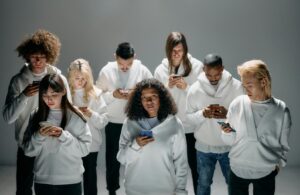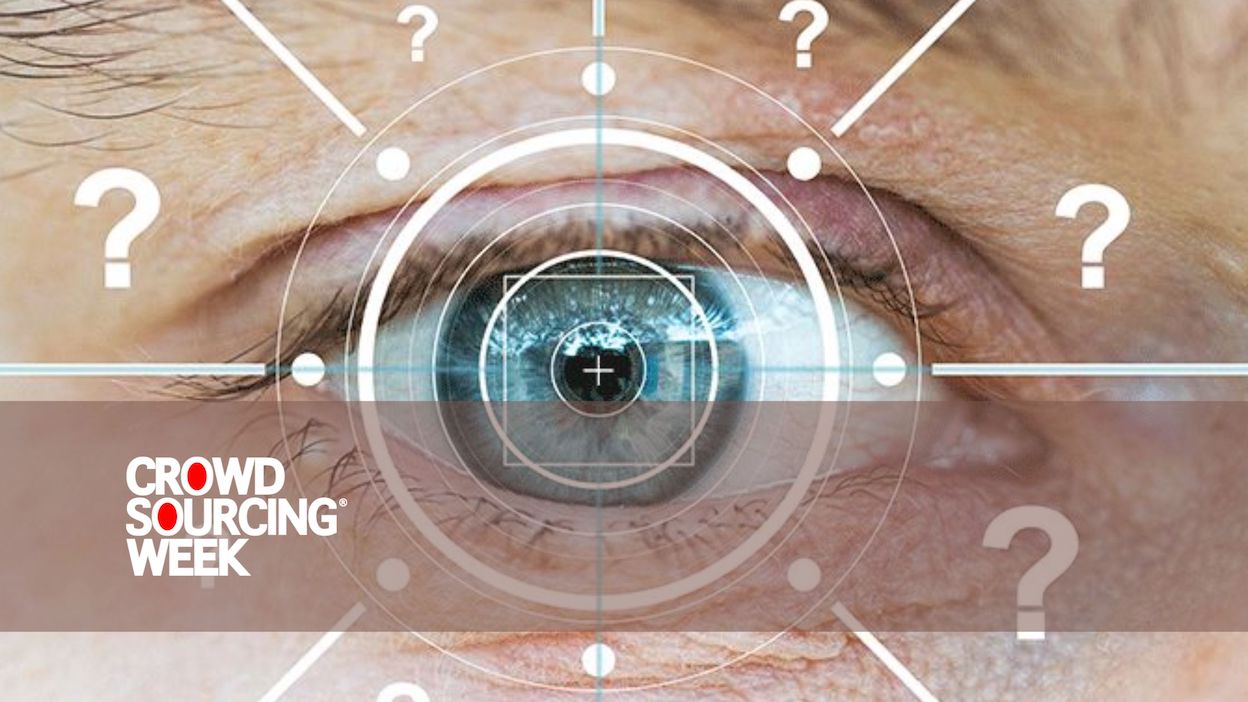In 2023, the journal Expert Review of Ophthalmology released an in-depth review of the applications of crowdsourcing in ophthalmology. Researchers concluded that crowdsourcing can be a valid means of improving the evaluation of ophthalmic imaging, data collection, and assessment of surgical outcomes. Even with minimal training, crowdsourcing has made it more feasible to collect and analyze large amounts of eye care data in the field. With trained assessors, clinical condition outcome predictions also improve in accuracy.

Image source: Pexels
Considering the large clinical burden faced by the field, crowdsourcing is an extremely promising way to improve various facets of ophthalmology. That’s especially true given that this study builds on a previous review that found crowdsourcing to be a rapid and economical data processing method in the category. These findings pose further questions surrounding how much more this method of information-gathering can not only prove more financially sustainable but also yield better results.
The importance of data in ophthalmology research
As with any medical field, research is a crucial part of innovation and progress. There are still major disparities in vision health and eye care, which begs for studies that lower these barriers and improve buildable data in the field. One of the most significant applications that prove the value of crowdsourced material can be seen in previous clinical trials that revolutionized ophthalmology. Consider the large randomized controlled trial on intraocular pressure (IOP) and its role in the manifestation and detection of glaucoma, or the observational study that found the significant impact of eye rubbing on the development of keratoconus.
In the aforementioned crowdsourcing review, results showed that collective crowd intelligence correctly classified 81% of 230 images of diabetic retinopathy. Additionally, they could distinguish normal optic discs from abnormal ones with 83% to 88% sensitivity despite low specificity. This lends further credence to the reliability of this method of collecting eye care data in research settings.
Combining this potential with technological resources produces even more promising findings, as evidenced by the smartphone-based digital phenotyping conducted via a crowdsourced cross-sectional study. Using the DryEyeRhythm app, users input blink checks and log mental health updates, personal health data, feedback, dry eye symptoms, and information about their daily lifestyle habits. From the data stored in the system (with the participant’s consent), researchers could pinpoint risk factors and other statistically significant details in relation to dry eye.
Ophthalmologists are also able to crowdsource in real time using services built for eye care. As eye conditions can vary from person to person, people may present differently when they have an eye exam. For example, Target Optical leases its spaces to eye care professionals from the Independent Doctors of Optometry, who often deal with walk-in cases from nearby areas. The information gleaned from services offered in this manner can widen a study’s data sets, helping provide a greater understanding of individuals who may have various experiences and solutions that work depending on not just their age and gender but also their location and socioeconomic standing.
Since Medicare doesn’t cover eye exams, this data can prove fruitful when researching the economic sustainability of eye care, routine exams, and detecting eye ailments before they progress or become chronic. It’s an interesting avenue considering that the World Health Organization has found that, though at least a billion vision impairment cases could have been prevented with timely intervention, large swathes of the general population still experience barriers to access to eye care.
Improving assessments and outcomes in vision care
One of the most meaningful avenues of ophthalmology where crowdsourcing shines is improving outcomes and assessments in surgery and general vision care. For instance, Peek Vision developed an add-on for smartphones to take detailed images of the eye to track the retina. Through this, prevention, treatment, and cures for blindness can improve as experts analyze different manifestations of macular degeneration, retinitis pigmentosa, and other degenerative diseases that impact the retina. In the United States, those tested through this app can get post-test genetic counseling for a better picture of their next steps and results. Those under the program can also be tested for 266 types of retinal disease genes.
Since its launch, My Retina Tracker has facilitated over 20,000 tests for IRD patient communities and curated a 110-gene panel. That includes the ORF15 region, which is largely considered challenging to sequence. It has also been able to target IRD genes accounting for more than 97% of solved cases in MRT-GTP.
Crowdsourcing eye care data has also been a huge boon to the diagnostic process. Misdiagnosis has long been a problem in medical care, with around 20% of cases falling into this category. In eye care, the Chinese Medical Journal found that a large number of patients with eye tumors were misdiagnosed with glaucoma on their first visit. From the data collected from these cases, medical professionals have since been able to consider the distinct similarity between primary or secondary glaucoma and the development of eye tumors. As such, additional examinations, imaging technology, and special clinical characteristics are taken into account to differentiate and avoid misdiagnosis.
Patient-doctor interactive platform Rendiahas also weighed in on the power of crowdsourcing eye care data in improving collective knowledge and outcomes. According to their data, this empowered the SERMO platform, which enables physicians to get information from other physicians instantly. With 3,500 challenging patient cases posted, most were resolved within a day thanks to answers from professionals in more than 96 specialties and subspecialties.
In another case, CrowdMed harnessed knowledgeable assessors by connecting patients with chronic conditions and rare issues to a vetted collective. This community has a mix of laymen, medical students, and physicians coming together to form an unofficial diagnosis. They report a success rate of more than 60% for patients who have had multiple treatments and suffered from their symptoms for more than five years.
In addition to better imaging and data, crowdsourcing can also be used to assist with tasks. Be My Eyes has improved the quality of life for those with vision impairment by connecting them to a community of sighted users through a mobile phone app. This enables them to use the phone’s camera to clearly describe their surroundings and get active assistance on specific tasks.
Key takeaway
The quality and consistency of vision care have improved significantly in recent years, but there is still much to be done. By embracing crowdsourcing and harnessing its potential, ophthalmology can achieve greater heights and better outcomes for patients and providers.





0 Comments